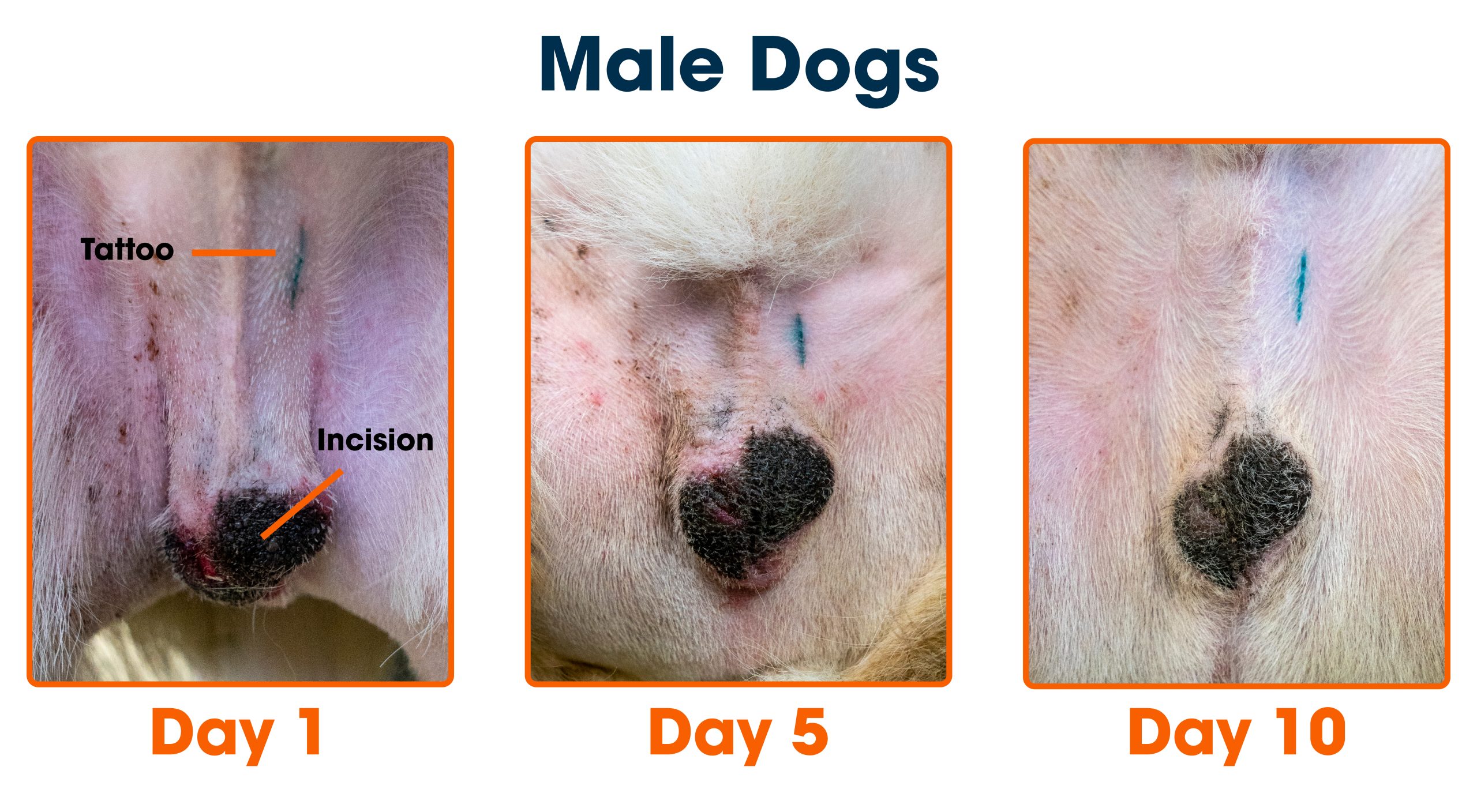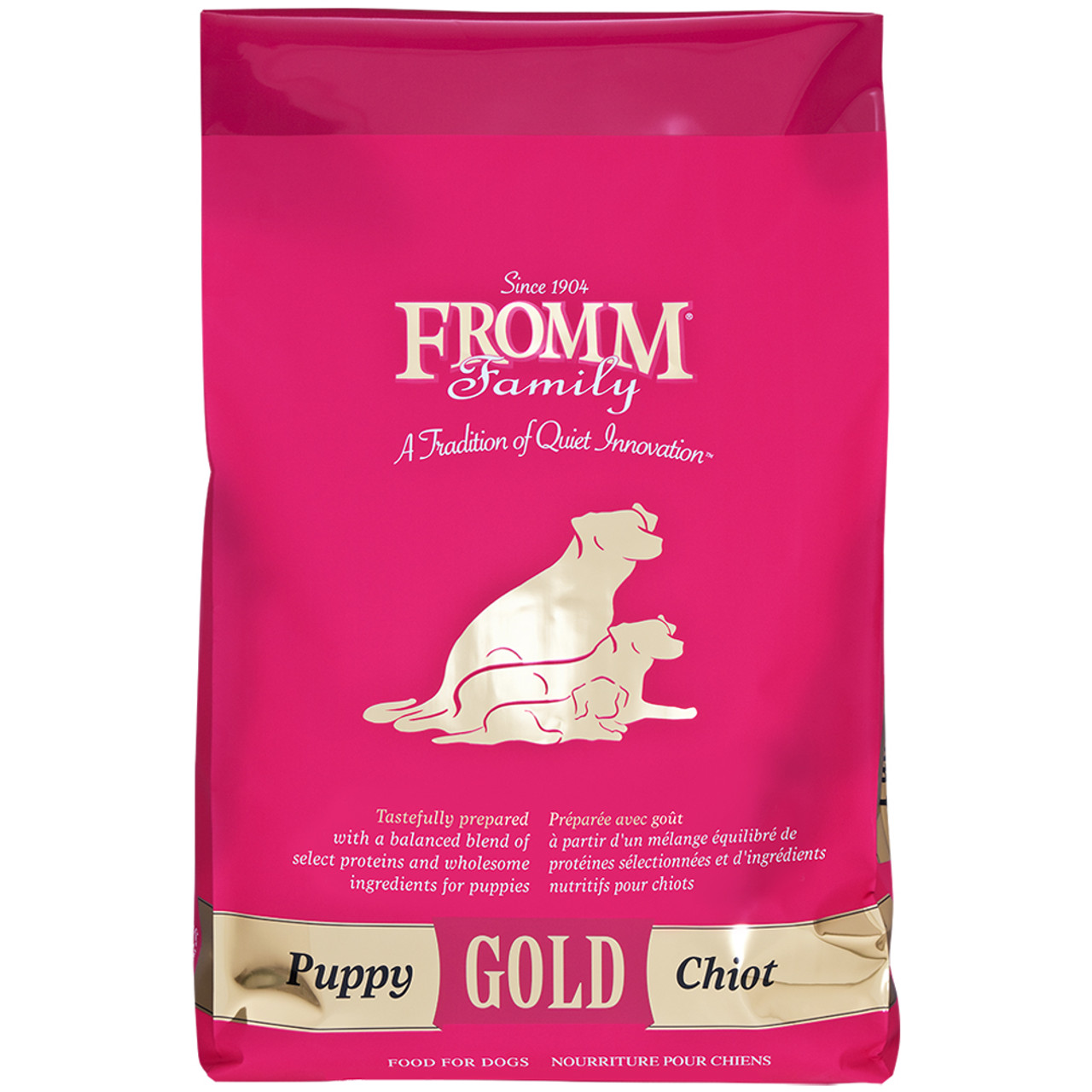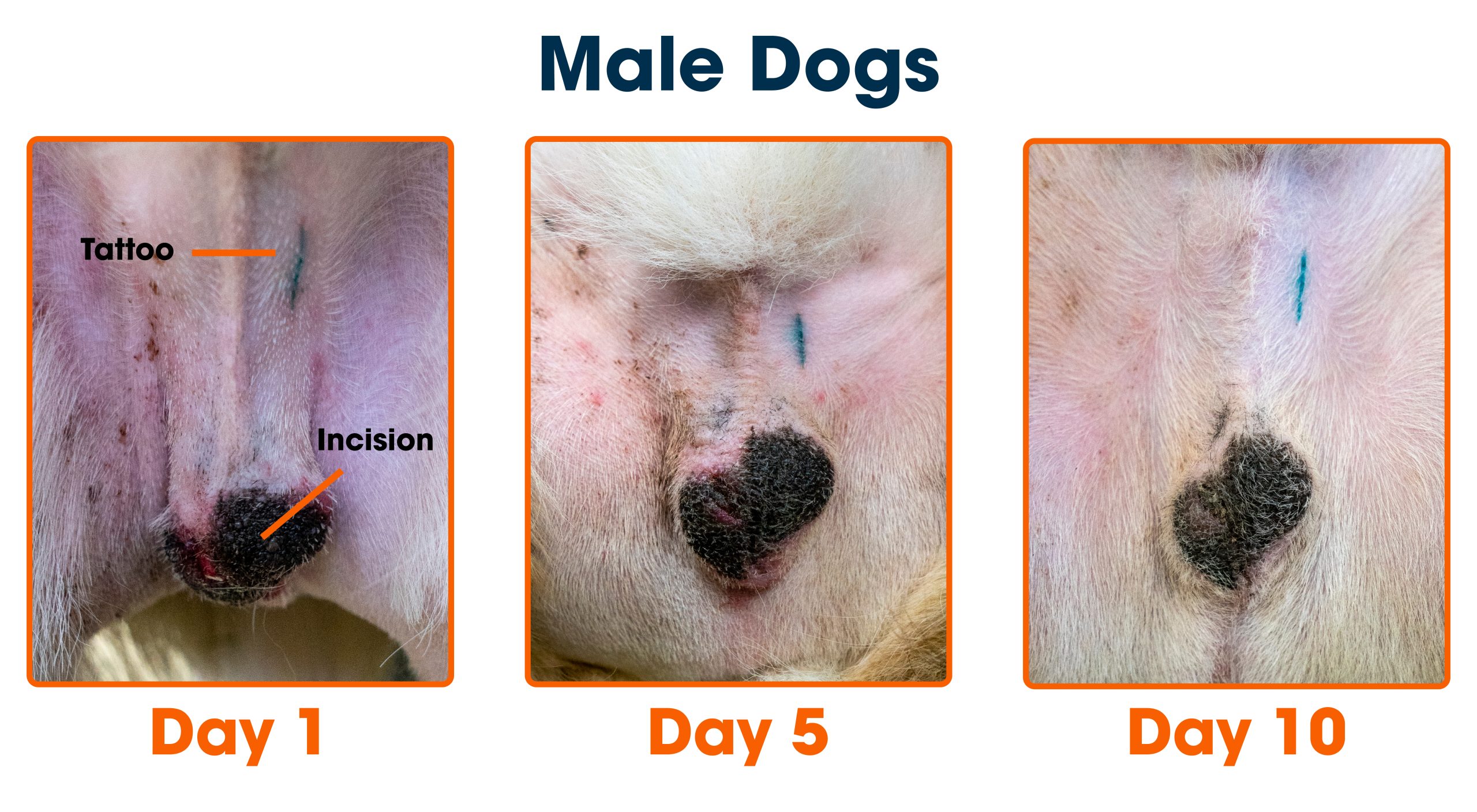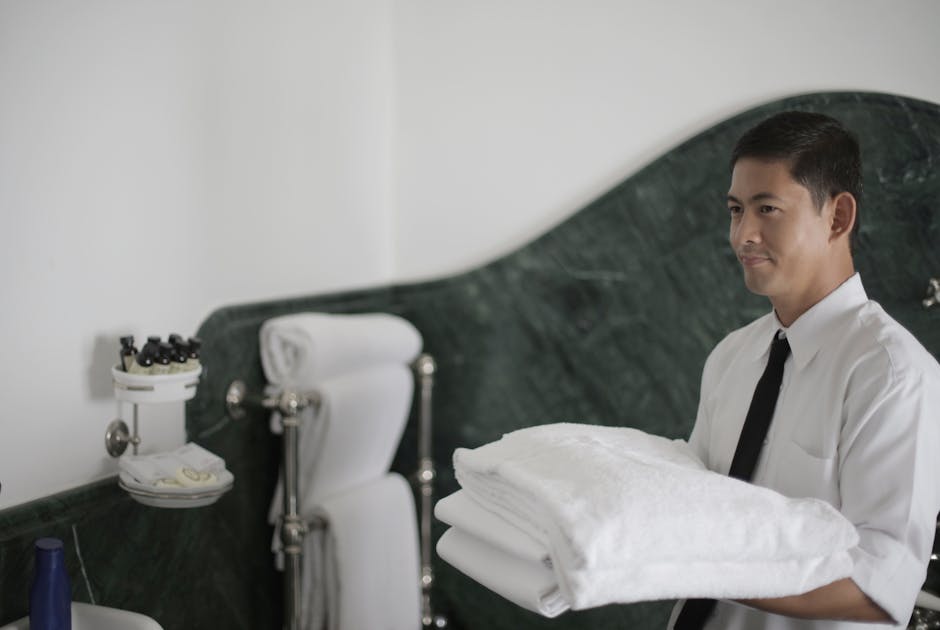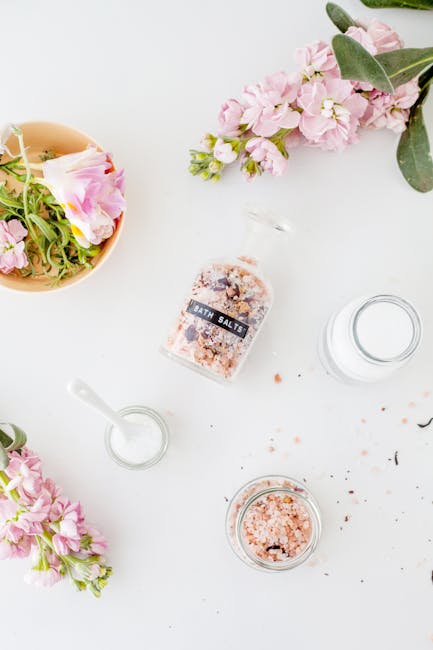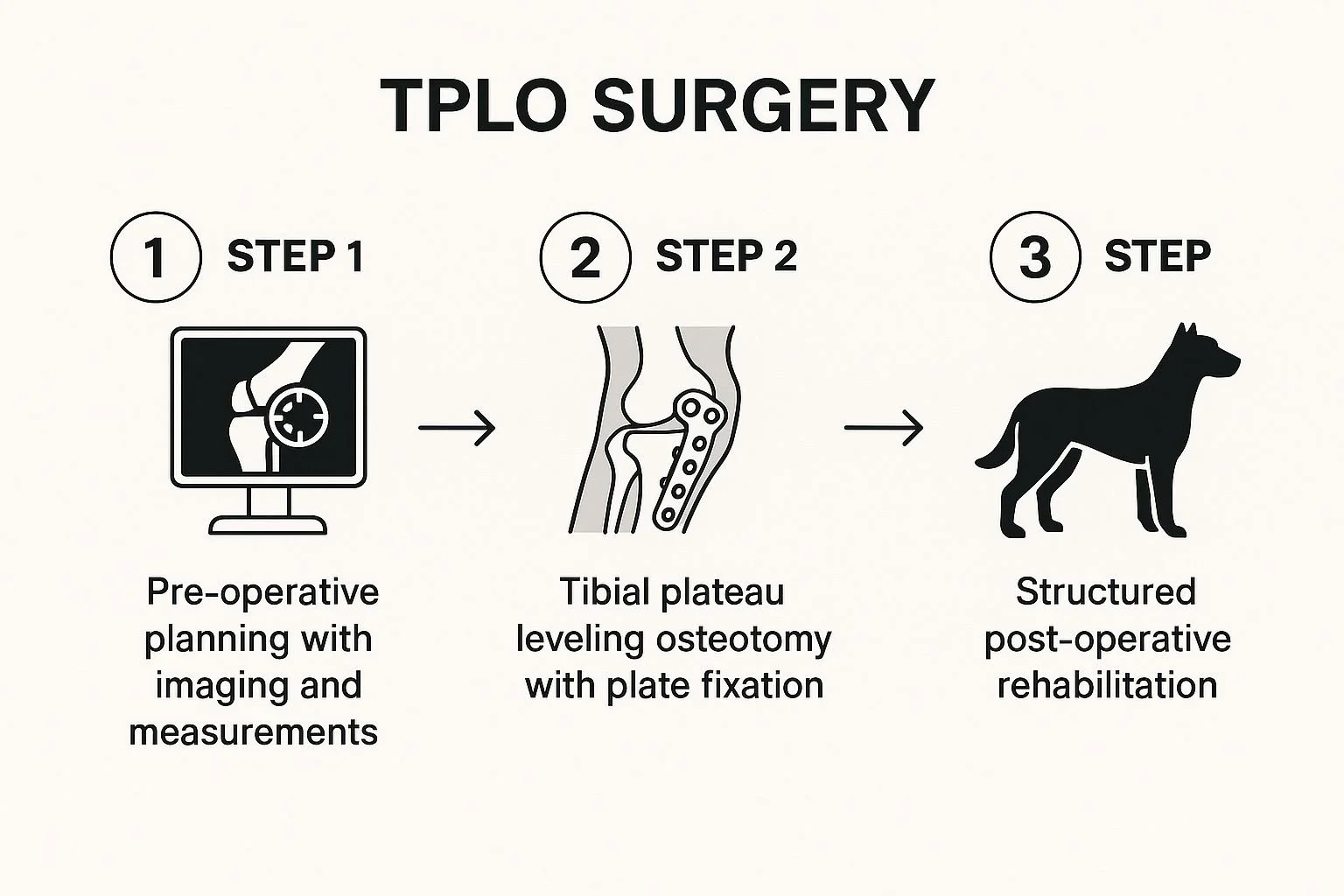How often do you bathe your dog? It’s a question many pet owners wonder about but don’t always get clear answers to.
Bathing your dog too often can dry out their skin, while not bathing enough might leave them smelly or uncomfortable. You want your furry friend to stay clean and healthy without causing any harm. You’ll discover the perfect balance for your dog’s bath schedule, simple tips to keep their coat shining, and signs to watch for that tell you when it’s time for a wash.
Keep reading to make sure your dog feels fresh and happy every day.

Credit: cozpalace.com
Bathing Frequency Factors
Bathing a dog is not a one-size-fits-all routine. Several factors influence how often your dog needs a bath. Understanding these factors helps keep your pet clean and healthy without harming its skin or coat. Bathing frequency depends on breed, coat type, activity level, and any skin conditions your dog may have.
Breed And Coat Type
Different breeds have different coat types. Some dogs have thick, oily fur that repels dirt. Others have thin, dry hair that can dry out quickly. Long-haired dogs may need more frequent baths to avoid tangles and mats. Short-haired breeds usually require fewer baths. Coat texture affects how dirt and oils build up.
Activity Level
Dogs that play outside often get dirtier than indoor dogs. Active dogs that swim, roll in grass, or explore muddy areas need baths more often. Calm dogs that stay mostly indoors may stay cleaner longer. Bathing should match how much your dog gets dirty or sweaty.
Skin Conditions
Some dogs have sensitive skin or allergies. Bathing them too often can cause irritation or dryness. Special shampoos may be needed to soothe skin problems. Consult a vet to find the best bathing routine for dogs with skin issues. Proper care helps avoid flare-ups and keeps skin healthy.
Signs Your Dog Needs A Bath
Knowing when your dog needs a bath helps keep them clean and healthy. Dogs do not need daily baths, but some signs show it’s time for a wash. Watching for these signs can prevent skin problems and bad smells. Bathing too often or too little can cause issues.
Odor Indicators
A strong or unpleasant smell is a clear sign your dog needs a bath. Dogs can get smelly from dirt, oils, or sweat. If your dog smells bad even after playtime, a bath is needed. Bad odor usually means bacteria or oils have built up on the skin.
Visible Dirt And Debris
See dirt, mud, or leaves on your dog’s coat? These show your dog needs cleaning. Dirt can stick in the fur and cause matting or irritation. Dust and pollen can also build up, especially on long-haired dogs. Regular checks help catch dirt before it becomes a problem.
Excessive Scratching
When dogs scratch a lot, it might mean their skin needs cleaning. Dirt and oils can cause itchiness. Sometimes, allergies or dry skin cause scratching, but a bath can often help. Watch for redness or sores from scratching. If these appear, a vet visit may be needed.
Choosing The Right Shampoo
Choosing the right shampoo for your dog affects more than just how clean they smell. It impacts their skin health, coat shine, and overall comfort during bath time. Picking a shampoo without considering your dog’s unique needs can cause dryness, irritation, or worsen existing skin issues.
Sensitive Skin Options
If your dog has itchy, flaky, or red skin, a gentle shampoo made for sensitive skin is essential. These shampoos usually contain fewer chemicals and fragrances that can irritate. Look for products labeled hypoallergenic or formulated with soothing ingredients like oatmeal or aloe vera.
My dog once developed a rash after using a regular shampoo. Switching to a sensitive skin formula cleared it up within days, showing how important the right choice is.
Medicated Shampoos
Medicated shampoos target specific skin conditions such as fungal infections, allergies, or parasites. They often contain active ingredients like chlorhexidine, ketoconazole, or sulfur. However, you should use these shampoos only under veterinary guidance to avoid overuse or side effects.
Have you ever wondered if your dog’s frequent scratching might need more than just regular cleaning? Medicated shampoos can be a powerful tool to tackle persistent problems.
Natural And Homemade Alternatives
If you prefer avoiding chemicals, natural shampoos made from plant-based ingredients can be effective and gentle. Ingredients like coconut oil, chamomile, and baking soda are popular choices. Homemade recipes allow control over what goes into your dog’s bath, but ensure they are safe and properly diluted.
Trying a homemade shampoo with coconut oil once gave my dog a softer coat and less irritation, proving natural options can work well if chosen carefully.

Credit: lakecityanimalhospital.com
Bathing Techniques
Bathing your dog can be a smooth experience if you use the right techniques. It’s not just about getting your pet clean but making sure they feel comfortable throughout the process. How you prepare, the water temperature you choose, and how you dry your dog all play key roles in successful bath time.
Preparation Steps
Before you start, gather all your supplies—dog shampoo, towels, a brush, and a cup or sprayer for rinsing. Brushing your dog first helps remove loose fur and tangles, making washing easier.
Consider placing a non-slip mat in the tub or sink to prevent slipping. Have treats ready to reward your dog’s good behavior. These small steps can reduce stress for both of you.
Water Temperature Tips
Use lukewarm water, not too hot or cold. Dogs have sensitive skin, and water that’s too warm can cause irritation or discomfort.
Test the water on your wrist before applying it to your dog. If it feels comfortable to you, it’s likely good for them too. Adjust the temperature gradually during the bath to keep it steady.
Drying Methods
After rinsing, gently squeeze excess water from your dog’s fur with your hands. Avoid rough rubbing which can tangle fur or irritate skin.
Use a towel to pat your dog dry. Some dogs tolerate a blow dryer on a low, cool setting, but always keep it moving and watch for signs of stress.
Have you noticed how some dogs shake off water immediately? Let them do that—it helps remove moisture before you finish drying.
After-bath Care
After bathing your dog, proper care helps keep their coat healthy and skin comfortable. The bath removes dirt and loose hair, but more attention is needed to maintain cleanliness. Gentle care after washing supports your dog’s well-being and strengthens your bond.
Brushing And Grooming
Brush your dog’s coat once it is dry or slightly damp. This removes loose fur and prevents tangles. Use a brush suited to your dog’s hair type. Grooming spreads natural oils, making the coat shiny and soft. It also helps spot any unusual lumps or bumps.
Checking For Skin Issues
Look closely at your dog’s skin after the bath. Check for redness, rashes, or flakes. These signs can show allergies or infections. Pay attention to areas like behind ears and under legs. Early detection helps treat problems before they worsen.
Rewarding Your Dog
Give your dog a treat or gentle praise after the bath. Rewards make bath time positive and less stressful. It helps your dog associate bathing with good feelings. Keep rewards simple and calm to avoid excitement after the bath.
Common Bathing Mistakes
Bathing your dog might seem straightforward, but there are common mistakes that can harm your furry friend’s skin and coat. These errors often come from good intentions but lack of proper knowledge. Understanding what to avoid can make bath time safer and more pleasant for both you and your dog.
Over-bathing Risks
Bathing your dog too often can strip away natural oils that keep their skin healthy. This can lead to dryness, itching, and even skin infections. Ask yourself: does your dog really need a bath every week, or could brushing alone suffice?
Dogs with sensitive skin or certain breeds are more prone to damage from frequent baths. Instead of daily or weekly washes, consider bathing every 4 to 6 weeks unless your vet advises otherwise. You’ll notice a shinier coat and less irritation by giving their skin time to recover.
Using Human Shampoo
Human shampoo is not made for dogs and often contains ingredients that can irritate their skin. Your dog’s pH balance is different from yours, so using human products can cause dryness and itchiness. Have you checked the label on your shampoo bottle lately?
Dog shampoos are formulated to be gentle and maintain the proper pH for canine skin. Choosing a shampoo designed specifically for dogs helps protect their coat and prevent allergic reactions. If your dog has special skin needs, ask your vet for recommendations on medicated shampoos.
Ignoring Ear Protection
Water in a dog’s ears can cause painful infections. Many owners forget to protect this delicate area during baths. Do you cover your dog’s ears or try to keep water away from them?
Using cotton balls gently placed in the ears can help keep water out. Just be sure not to push them too deep. After the bath, carefully dry around the ears with a towel to prevent moisture buildup, which can lead to irritation or infection.

Credit: parade.com
Frequently Asked Questions
How Often Should I Bathe My Dog For Healthy Skin?
Most dogs benefit from a bath every 4 to 6 weeks. Over-bathing can dry their skin. Adjust frequency based on your dog’s breed, activity, and coat type for optimal skin health.
Can Bathing Too Frequently Harm My Dog’s Coat?
Yes, bathing too often strips natural oils, causing dry skin and dull fur. Stick to recommended intervals unless your dog gets dirty or smelly.
What Type Of Shampoo Is Best For Dogs?
Use shampoos formulated specifically for dogs. Human shampoos can irritate their skin. Choose gentle, hypoallergenic options for sensitive skin or specific conditions.
Is It Necessary To Bathe Puppies Differently?
Puppies require gentler shampoos and less frequent baths. Avoid bathing before their first vaccinations unless necessary. Always use warm water and dry them thoroughly.
Conclusion
Bathing your dog too often can dry their skin and coat. Most dogs do well with a bath every month or two. Some breeds may need baths more often due to their fur type. Always watch your dog’s skin for signs of dryness or irritation.
Use a gentle shampoo made for dogs to keep them healthy. Regular brushing helps reduce the need for frequent baths. Clean pets are happy pets. A good bath routine keeps your dog smelling fresh and feeling comfortable. Simple care goes a long way in your dog’s health.

